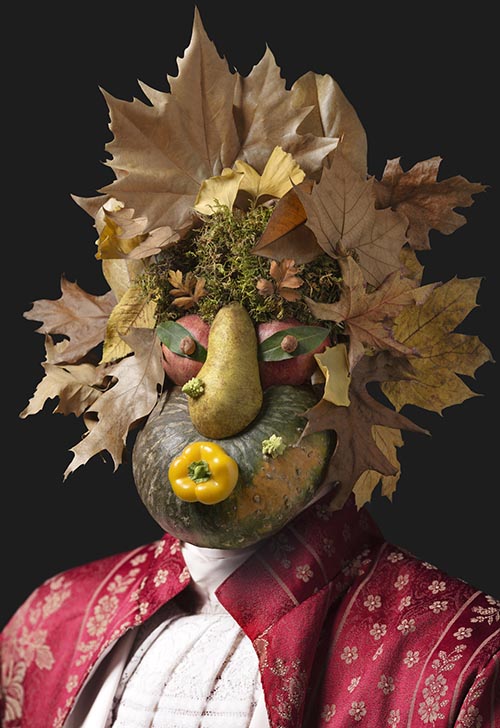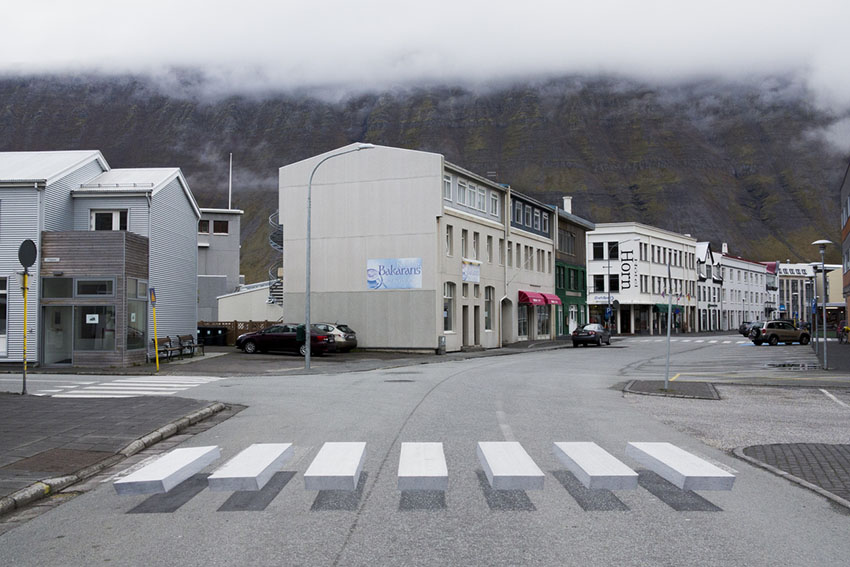How Do Visual Illusions Occur?
When we look at some pictures or photographs, we perceive them differently than they actually are. This phenomenon, called visual illusion or optical illusion, occurs under the influence of factors such as light, color and pattern of the object. So, in a sense, our brain is deceived.
The rays coming into our eyes pass through the pupil and reach the retina at the back of the eye. Light-sensitive nerve cells in the retina convert incoming light into nerve signals and transmit the resulting signals to the center in the brain where visual data is processed. However, sometimes the perceived image and the actual image may differ from each other.
Visual illusions can be generally divided into three groups.
Physiological illusions are visual illusions in which images or patterns that do not actually exist are seen as a result of excessive stimulation of the eyes or brain due to light and color differences or movement. In these illusions, it is thought that external stimuli stimulate the brain more than once at different stages of the visual process, causing a change in the perception of the image.
Literal illusions are visual illusions in which multiple images come together to form a different picture. In this case, each of the images that make up the main image can be easily distinguished. However, the main image is completely different from the thumbnails that make up it. Even though there are gaps between the small pictures, our brain fills these gaps and allows the perception of the big main picture. Therefore, when we focus on different parts of the picture, we can see different images.
Perceptual illusions are visual illusions that occur as a result of a person making unconscious inferences depending on their perspective.
Research on visual illusions allows neuroscientists to obtain valuable information about the interaction between the eye and the brain and how the brain makes sense of perceptual gaps. Understanding the mechanism in the brain of how visual illusions occur can also be used in daily life. For example, pilots may sometimes encounter visual illusions while in the air, such as a non-existent horizon or a narrowing runway. Pilots are given special training to recognize such situations and to land the plane safely in this situation.
Additionally, some countries use visual illusions in traffic. Pedestrian crossings drawn on the roads and perceived in three dimensions are intended to slow down drivers and prevent accidents.







































